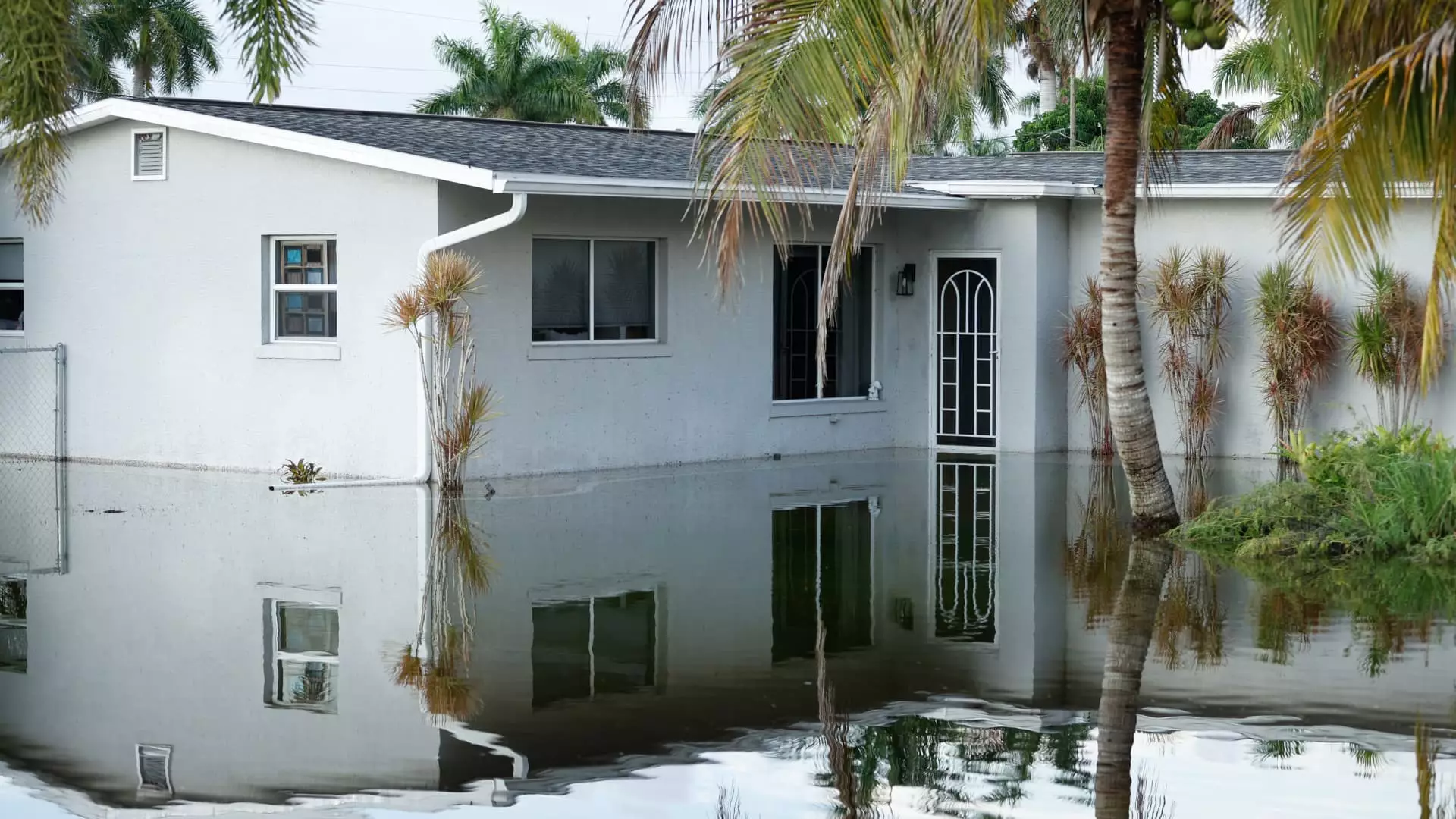Consumers preparing to renew their homeowners insurance policy may experience some unexpected sticker shock. Between May 2022 and May 2023, home insurance prices rose an average of 21% at renewal time, according to Policygenius. A rise in catastrophic severe weather events contributed to this jump, experts say, and the rate of price increases is not expected to slow. As insurers face higher costs, they pass those along to consumers in the form of pricier premiums.
“The levels of risk and the kinds of hazards that a property can be exposed to are massively changing,” said Carlos Martín, director of the Remodeling Futures program at the Joint Center for Housing Studies of Harvard University. He expressed that there is a lot of confusion among homeowners and insurers about how to factor climate risk into the price of policies. With limited data and minimal reporting on individual premiums from insurers, it becomes increasingly difficult to accurately gauge how premiums are tied to severe weather events.
Between 2012 and 2021, the average premium for homeowners insurance rose significantly, showcasing a continuous upward trend in pricing. Kenneth Klein, a professor at California Western School of Law, highlighted the economic challenges posed by climate change, stating that storm damage is not evenly spread across all insured properties or evenly over time. This creates the potential for economic losses for insurance companies, as they try to adjust premiums to mitigate the risk of future catastrophic events.
The Limited Availability of Insurance Options in High-Risk Areas
While the cost of home insurance is on the rise, insurance companies may limit their offerings in high-risk areas prone to flood or fire. For example, State Farm stopped accepting new applications for California policies in May 2023, and Allstate paused issuing new policies in the state in November 2022. This reduction in insurance options can pose a significant barrier to homeownership for individuals in areas with increased exposure to weather-related risks.
State-run insurance programs like Citizens’ Property Insurance in Florida and California’s FAIR plan serve as a last resort for homeowners who cannot obtain coverage in the private market. However, these programs may not offer the same level of coverage or adhere to the same actuarial principles as private insurers. This can lead to discrepancies in pricing and coverage, making it challenging for homeowners to navigate the insurance landscape effectively.
The rising cost of homeowners insurance presents a growing concern for consumers as they face increasing premiums driven by climate change and severe weather events. With limited data availability and challenges in pricing policies actuarially, homeowners are left with fewer options and higher costs when it comes to securing adequate insurance coverage for their properties. As the landscape of home insurance continues to evolve, it is essential for consumers to stay informed and proactive in assessing their insurance needs to protect their homes and assets effectively.

